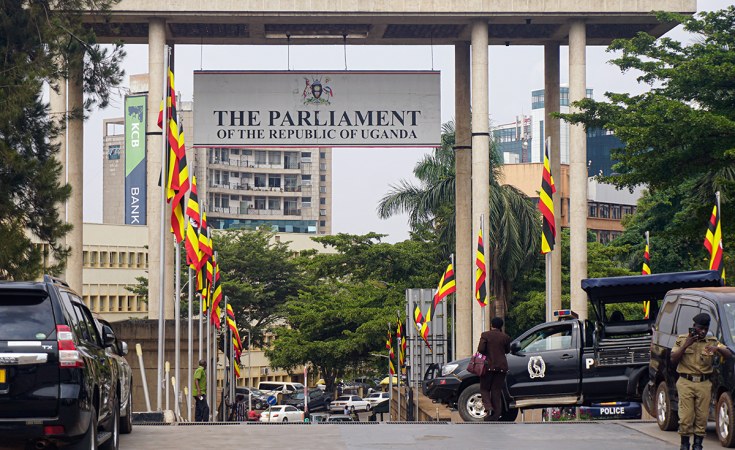In the annals of Ugandan history, President Museveni's tenure has been marked by a complex dance with corruption. For decades, Museveni portrayed himself as a fierce opponent of corruption, vowing to eradicate the scourge from the fabric of Ugandan society.
Yet, despite his vocal protests and apparent efforts, the battle against corruption has remained elusive, ultimately resulting in a paradoxical situation where Museveni, despite his intentions, has not been able to claim victory.
This essay explores the intricacies of President Museveni's anti-corruption crusade, analysing the reasons behind its failure despite his protests.
President Museveni's protest against corruption was evident from the early days of his presidency. He came to power in 1986 promising to end the rampant corruption that plagued Uganda under previous regimes.
His initial efforts garnered praise both domestically and internationally, with various anti-corruption measures being implemented, including the establishment of anti-corruption agencies, enactment of laws, and public condemnation of corrupt practices.
One of the most notable examples of Museveni's anti-corruption stance was his decision to dismiss several high-ranking officials accused of corruption.
These bold moves were seen as a strong signal of his commitment to fighting graft, and they momentarily instilled hope among Ugandans that real change was on the horizon.
However, as time progressed, it became increasingly apparent that Museveni's protests against corruption were not yielding the desired results.
One major factor contributing to Museveni's failure in the battle against corruption was the entrenched nature of graft within Ugandan institutions.
Despite his protests and punitive measures, corruption continued to thrive, deeply rooted in the bureaucratic machinery and political landscape of the country.
This entrenched culture of corruption made it difficult for Museveni to effect meaningful change, as vested interests and systemic weaknesses perpetuated the status quo.
Moreover, Museveni's anti-corruption efforts were often marred by accusations of selective targeting and political manipulation.
Critics pointed out instances where individuals perceived as political opponents were disproportionately targeted for corruption charges, while allies of the regime seemed to enjoy impunity.
This selective approach undermined the credibility of Museveni's anti-corruption crusade, casting doubts on his true intentions and commitment to rooting out graft.
Another significant challenge faced by Museveni in his battle against corruption was the lack of effective institutional frameworks and capacity to tackle the problem.
While anti-corruption agencies were established, they often lacked the autonomy, resources, and expertise to effectively investigate and prosecute cases of corruption.
This institutional weakness hindered the success of Museveni's efforts, as corrupt individuals could exploit loopholes and evade accountability.
Furthermore, Museveni's own leadership style and governance practices contributed to the persistence of corruption in Uganda.
His centralized control of power, limited political pluralism, and patronage networks created fertile ground for corruption to thrive.
The lack of transparency, accountability, and checks and balances within the government provided opportunities for corrupt practices to flourish, undermining the effectiveness of Museveni's anti-corruption initiatives.
Despite these challenges, it would be remiss to overlook the genuine efforts and achievements made by President Museveni in the fight against corruption.
His government introduced various anti-corruption laws, established institutions, and implemented policies aimed at curbing graft.
Additionally, Museveni continued to publicly denounce corrupt practices and emphasize the importance of integrity and good governance.
However, the reality remains that corruption in Uganda remains pervasive, with Transparency International consistently ranking the country poorly on its Corruption Perception Index.
The failure to significantly reduce corruption levels despite decades of protests and purported anti-corruption efforts highlights the limitations of Museveni's approach and underscores the need for more comprehensive and holistic strategies to combat graft.
In conclusion, President Museveni's protest against corruption in Uganda has been a paradoxical journey marked by lofty aspirations and disappointing outcomes.
Despite his vocal condemnation and apparent efforts, Museveni has been unable to claim victory in the battle against corruption.
The entrenched nature of graft, selective targeting, institutional weaknesses, and governance challenges have all contributed to the failure of his anti-corruption crusade.
Moving forward, addressing these underlying issues and adopting a more inclusive and transparent approach will be crucial in effectively combating corruption in Uganda.


